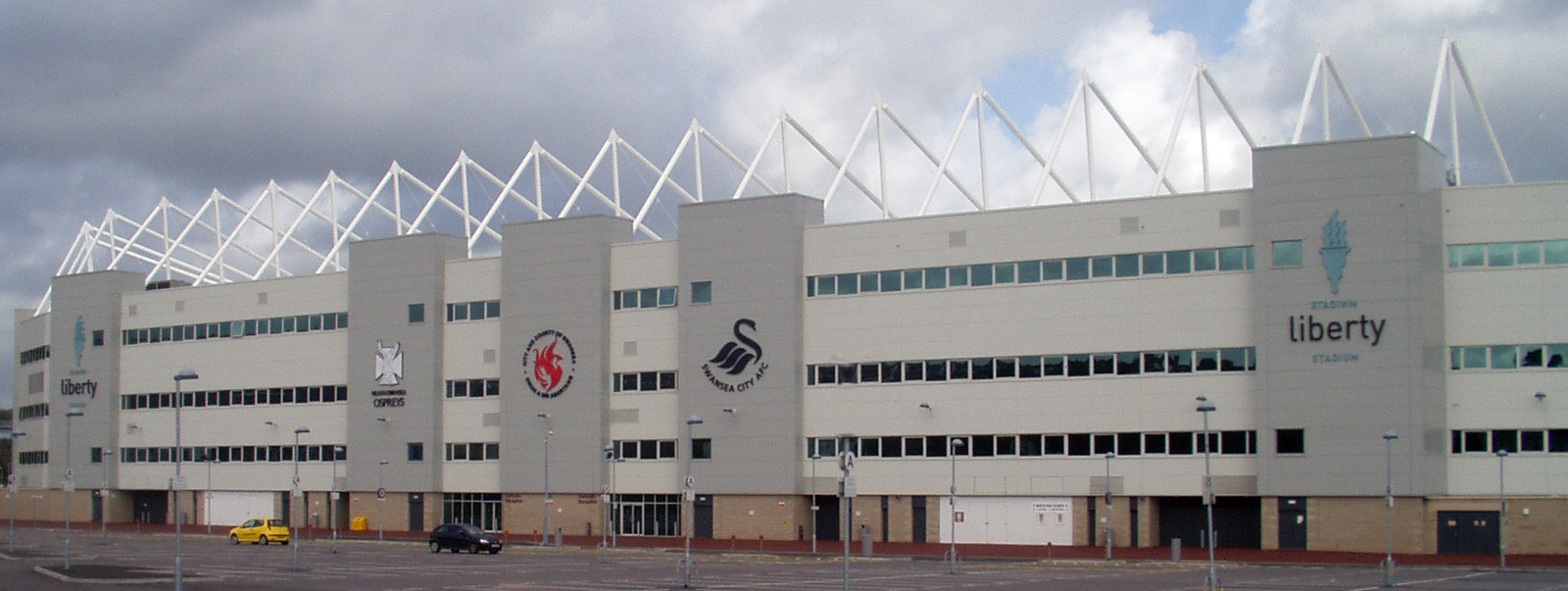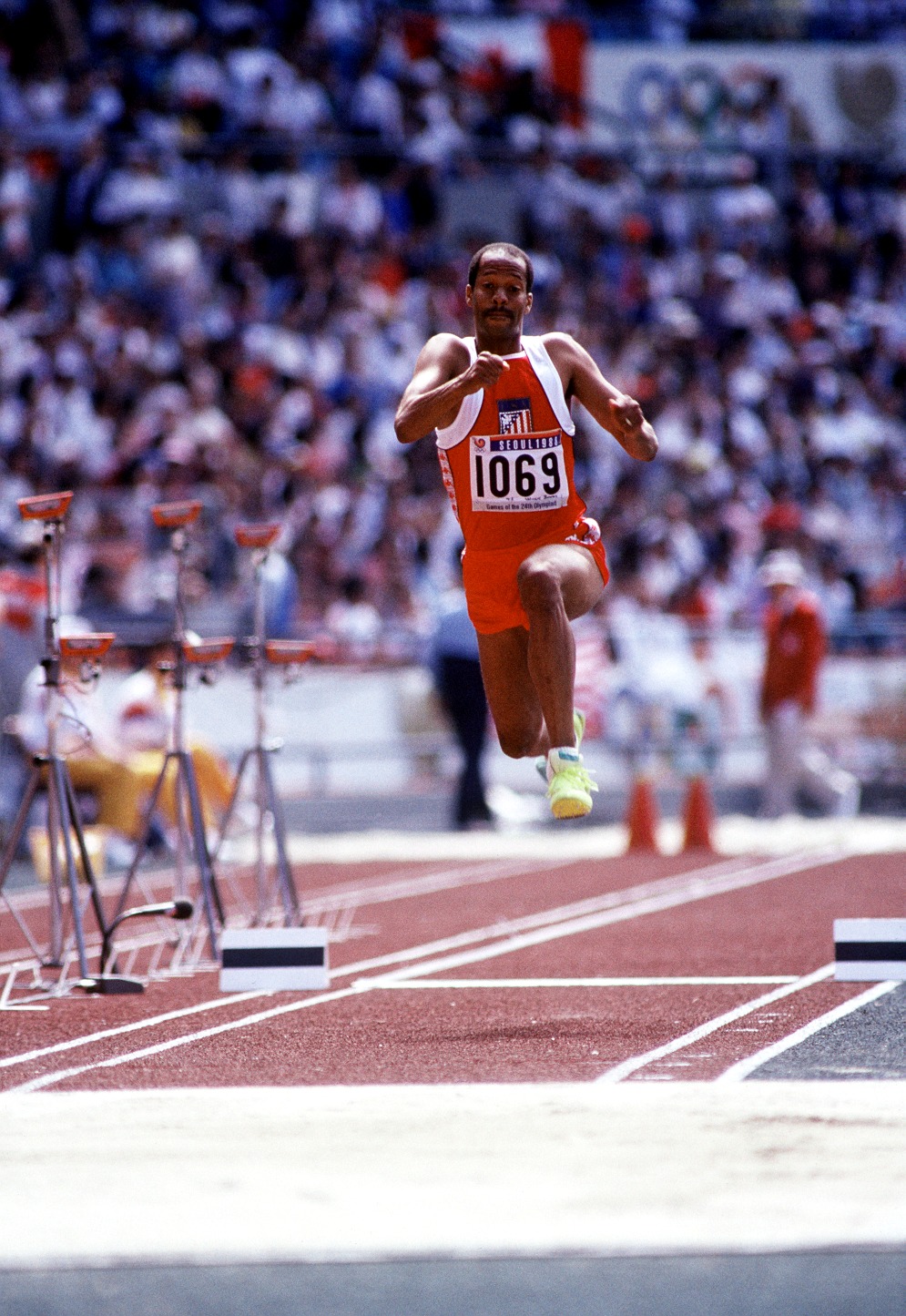|
Grant Pointer
Grant Harry Pointer (born 11 December 1987 in Norwich, England) is an English rugby union player who plays at Centre or Wing for the Cornish Pirates in the RFU Championship. Educated at Gresham's School in Holt, Norfolk, he played rugby there alongside brothers Ben and Tom Youngs, and Ben Pienaar, who are all now at the Leicester Tigers. As a gifted athlete, Grant went to the National Prep School Finals for the long jump, he also broke the school triple jump record when he was 17 with a distance of 13.03 metres. When studying Architectural Engineering and Design Management at Loughborough University, Grant proved himself something of a points machine during the students' National League Three North campaign, scoring 130 points, 7 tries, 25 conversions and 15 penalties in 17 matches. His prowess was also recognised at national level, proving himself to be a match winner for the England Students on more than one occasion. In February 2009, his injury–time try beat Irish ... [...More Info...] [...Related Items...] OR: [Wikipedia] [Google] [Baidu] |
Norwich
Norwich () is a cathedral city and district of Norfolk, England, of which it is the county town. Norwich is by the River Wensum, about north-east of London, north of Ipswich and east of Peterborough. As the seat of the See of Norwich, with one of the country's largest medieval cathedrals, it is the largest settlement and has the largest urban area in East Anglia. The population of the Norwich City Council local authority area was estimated to be 144,000 in 2021, which was an increase from 143,135 in 2019. The wider built-up area had a population of 213,166 in 2019. Heritage and status Norwich claims to be the most complete medieval city in the United Kingdom. It includes cobbled streets such as Elm Hill, Timber Hill and Tombland; ancient buildings such as St Andrew's Hall; half-timbered houses such as Dragon Hall, The Guildhall and Strangers' Hall; the Art Nouveau of the 1899 Royal Arcade; many medieval lanes; and the winding River Wensum that flows through the city ... [...More Info...] [...Related Items...] OR: [Wikipedia] [Google] [Baidu] |
Tom Youngs
Thomas Nicholas Youngs (born 28 January 1987) is a retired rugby union player who played as a hooker for Leicester Tigers and England. Between 2012–2015 he won 28 caps for , including selection for the 2015 Rugby World Cup and was selected for the 2013 British & Irish Lions tour to Australia where he played in all three test matches. He played 215 times for Leicester between 2006 and 2021, winning the Premiership Rugby title in 2012-13 Premiership Rugby, 2013, the same season that he was named as the league's Player of the season. He also won the 2011–12 LV Cup, 2011-12 Anglo-Welsh Cup with Leicester. Between 2009 and 2011 Youngs played 55 matches for Nottingham Rugby, Nottingham where he converted from centre (rugby union), centre to hooker (rugby union), hooker. Background Youngs is the son of former Leicester and England scrum-half Nick Youngs, and the elder brother of current Leicester and England scrum-half Ben Youngs. Originally a Centre (rugby union), centre, ... [...More Info...] [...Related Items...] OR: [Wikipedia] [Google] [Baidu] |
Anglo-Welsh Cup
The Anglo-Welsh Cup (), was a cross-border rugby union knock-out cup competition that featured the 12 Premiership Rugby clubs and the four Welsh regions. It was a created as a replacement for the RFU Knockout Cup, which featured only English clubs. The competition was replaced by the Premiership Rugby Cup, involving only the 12 English Premiership clubs, beginning with the 2018–19 season. History Background RFU Knockout Cup From 1971 to 2005, English clubs played in the RFU Knockout Cup. At its formation, it was the highest honour that a club could win, as there were no nationally organised leagues until merit leagues were introduced in 1984, followed by the full national league pyramid in 1987. It was an open tournament to any club that was a member of the Rugby Football Union. Previous Anglo-Welsh fixtures 2005–2018: Anglo-Welsh Cup 2005–09: Initial format Starting in the 2005–06 season, the Powergen Anglo-Welsh Cup was formed as a successor tournament to the K ... [...More Info...] [...Related Items...] OR: [Wikipedia] [Google] [Baidu] |
Ospreys (rugby Union)
The Ospreys ( cy, Y Gweilch), formerly the Neath-Swansea Ospreys ''www.walesonline.co.uk'', accessed 22 October 2020 is one of the four professional teams from . They compete in the and the European Rugby Champions Cup. The tea ... [...More Info...] [...Related Items...] OR: [Wikipedia] [Google] [Baidu] |
Penalty (rugby Union)
A penalty in rugby union is the main disciplinary sanction available to the referee to penalise a team who commit deliberate infringements. The team who did not commit the infringement are given possession of the ball and they may either kick it towards touch (in which case the ball back rule is waived), attempt a place kick at goal, or tap the ball with their foot and run. It is also sometimes used as shorthand for ''penalty goal''. Reasons to award a penalty The referee signals that he has awarded a penalty to a side by raising his arm at 45 degrees between vertical and horizontal and blowing a blast on his whistle. The arm is raised on the side that won the penalty. Penalties may be awarded for a number of offences, including: * Failing to release the ball after being tackled, or the tackling player failing to release the tackled player. * Tackler not rolling away, to avoid obstructing the ball, if they are on the ground on the attacking team's side of the ruck. * Entering ... [...More Info...] [...Related Items...] OR: [Wikipedia] [Google] [Baidu] |
Try (rugby)
A try is a way of scoring points in rugby union and rugby league football. A try is scored by grounding the ball in the opposition's in-goal area (on or behind the goal line). Rugby union and league differ slightly in defining "grounding the ball" and the "in-goal" area. In rugby union a try is worth 5 points, in rugby league a try is worth 4 points. The term "try" comes from "try at goal", signifying that grounding the ball originally only gave the attacking team the opportunity to try to score with a kick at goal. A try is analogous to a touchdown in American and Canadian football, with the major difference being that a try requires the ball be simultaneously touching the ground and an attacking player, whereas a touchdown merely requires that the ball enter the end zone while in the possession of a player. In both codes of rugby, the term ''touch down'' formally refers only to grounding the ball by the defensive team in their in-goal. A Try is scored in wheelchair rugby fol ... [...More Info...] [...Related Items...] OR: [Wikipedia] [Google] [Baidu] |
National League Three
The Rugby League Conference National Division (known as the National League Three From 2003 to 2003) was the fourth division of the British rugby league system. In 2012, it became the seventh tier of the system and was known as the National Conference League Division 3 when the Rugby League Conference was reformed and later replaced by the National Conference League and Conference League South in 2013. History National League Three The original intention had been to create a pyramid of four divisions from Super League down to National League Four. National League Three was to consist of British Amateur Rugby League Association (BARLA) teams wishing to play in the summer whilst National League Four would be made up of Rugby League Conference teams A system of promotion and relegation between National Leagues Three and the semi-professional Rugby League Championships, National League Two was to be gradually introducedHowever, there were insufficient applicants for a separate Nat ... [...More Info...] [...Related Items...] OR: [Wikipedia] [Google] [Baidu] |
Design Management
Design management is a field of inquiry that uses project management, design, strategy, and supply chain techniques to control a creative process, support a culture of creativity, and build a structure and organization for design. The objective of design management is to develop and maintain an efficient business environment in which an organization can achieve its strategic and mission goals through design. Design management is a comprehensive activity at all levels of business (operational to strategic), from the discovery phase to the execution phase. "Simply put, design management is the business side of design. Design management encompasses the ongoing processes, business decisions, and strategies that enable innovation and create effectively-designed products, services, communications, environments, and brands that enhance our quality of life and provide organizational success." The discipline of design management overlaps with marketing management, operations management, ... [...More Info...] [...Related Items...] OR: [Wikipedia] [Google] [Baidu] |
Architectural Engineering
Architectural engineers apply and theoretical knowledge to the engineering design of buildings and building systems. The goal is to engineer high performance buildings that are sustainable, economically viable and ensure the safety health. Architectural engineering, also known as building engineering or architecture engineering, is an engineering discipline that deals with the technological aspects and multi-disciplinary. The responsibilities of an architectural engineer are designs, analyzing, and altering plans, or structures. They also assist team members with project objectives budgets and timelines. What it is required to be an architectural engineer is a bachelor's degree master's degree or/and professional engineering license and current knowledge of industry trends, technology, codes and regulation. From reduction of greenhouse gas emissions to the construction of resilient buildings, architectural engineers are at the forefront of addressing several major challenges of t ... [...More Info...] [...Related Items...] OR: [Wikipedia] [Google] [Baidu] |
Triple Jump
The triple jump, sometimes referred to as the hop, step and jump or the hop, skip and jump, is a track and field event, similar to the long jump. As a group, the two events are referred to as the "horizontal jumps". The competitor runs down the track and performs a hop, a bound and then a jump into the sand pit. The triple jump was inspired by the ancient Olympic Games and has been a modern Olympics event since the Games' inception in 1896. According to World Athletics rules, "the hop shall be made so that an athlete lands first on the same foot as that from which he has taken off; in the step he shall land on the other foot, from which, subsequently, the jump is performed." The current male world record holder is Jonathan Edwards of the United Kingdom, with a jump of . The current female world record holder is Yulimar Rojas of Venezuela, with a jump of . History Historical sources on the ancient Olympic Games occasionally mention jumps of 15 meters or more. This led sports ... [...More Info...] [...Related Items...] OR: [Wikipedia] [Google] [Baidu] |
Long Jump
The long jump is a track and field event in which athletes combine speed, strength and agility in an attempt to leap as far as possible from a takeoff point. Along with the triple jump, the two events that measure jumping for distance as a group are referred to as the "horizontal jumps". This event has a history in the ancient Olympic Games and has been a modern Olympic event for men since the first Olympics in 1896 and for women since 1948. Rules At the elite level, competitors run down a runway (usually coated with the same rubberized surface as running tracks, crumb rubber or vulcanized rubber, known generally as an all-weather track) and jump as far as they can from a wooden or synthetic board, 20 centimetres or 8 inches wide, that is built flush with the runway, into a pit filled with soft damp sand. If the competitor starts the leap with any part of the foot past the foul line, the jump is declared a foul and no distance is recorded. A layer of plasticine is ... [...More Info...] [...Related Items...] OR: [Wikipedia] [Google] [Baidu] |







